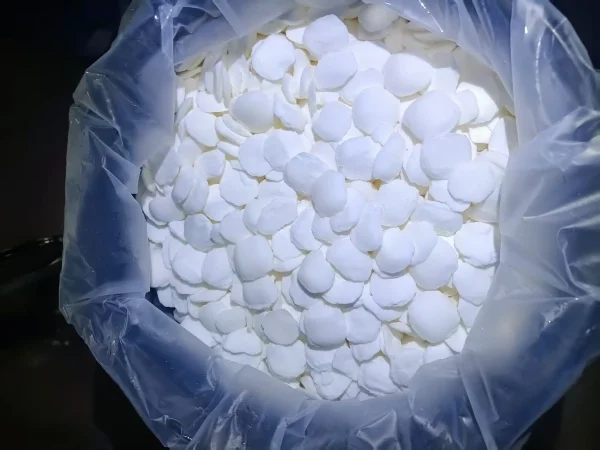
Sodium cyanide holds a notorious reputation as a highly toxic chemical. In daily conditions, it doesn’t directly vaporize into the air. Typically found in the form of solid crystals or powder, its physical structure inherently inhibits direct volatilization.
Chemical Reactions Pose Risks
However, when sodium cyanide encounters a large quantity of water, it can trigger a dangerous chemical reaction, generating highly toxic hydrogen cyanide gas. This gas can then be released into the atmosphere. The compound’s toxicity mainly arises from the poisonous gases formed when it reacts with water, acids, or other substances. Therefore, it’s extremely important to implement strict safety protocols during its handling. Such measures are essential to prevent leaks and avoid contact with water or acidic substances.
Handling Hydrogen Cyanide Gas
In scenarios where hydrogen cyanide gas is likely to be generated, professionals take immediate and appropriate action. One common method is to use neutralizing agents such as hydrogen peroxide or sodium thiosulfate to neutralize the gas. Another approach involves allowing the gas to be adsorbed by water in the air, after which it settles. Both methods are designed to minimize the harmful impact of hydrogen cyanide gas on the environment and human health.
Conclusion
To summarize, although Sodium Cyanide itself does not directly volatilize, the toxic gases produced by its reaction with water, acids, or other substances are extremely dangerous. As such, we must always maintain a high level of awareness and implement proper safety measures to mitigate potential risks.
- Random Content
- Hot content
- Hot review content
- Soda Ash Dense / Light 99.2% Sodium Carbonate Washing Soda
- Unlocking the Power of Mineral Processing Chemicals: Enhancing Efficiency and Sustainability
- Acetone
- Barium carbonate 99% powder
- calcium chloride anhydrous for food
- Triethanolamine(TEA)
- Phosphoric Acid 85% (Food grade)
- 1Discounted Sodium Cyanide (CAS: 143-33-9) for Mining - High Quality & Competitive Pricing
- 2Sodium Cyanide 98% CAS 143-33-9 gold dressing agent Essential for Mining and Chemical Industries
- 3Sodium Cyanide 98%+ CAS 143-33-9
- 4China's New Regulations on Sodium Cyanide Exports and Guidance for International Buyers
- 5Anhydrous Oxalic acid 99.6% Industrial Grade
- 6Oxalic acid for mining 99.6%
- 7Reagent Grade/Industrial Grade Hydrochloric Acid min.31%
- 1Sodium Cyanide 98% CAS 143-33-9 gold dressing agent Essential for Mining and Chemical Industries
- 2High Quality 99% Purity of Cyanuric chloride ISO 9001:2005 REACH Verified Producer
- 3 High-Quality Sodium Cyanide for Leaching
- 4Powdery emulsion explosive
- 5Industry Grade Electron grade 98% Sulfuric Acid H2SO4 Sulphuric Acid Battery Acid Industrial Sulfuric Acid
- 6Colloidal emulsion explosive
- 7sodium hydrosulfide 70% flakes used Mining Industry


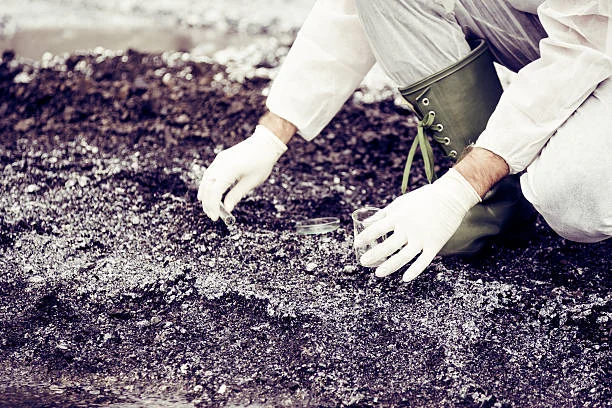
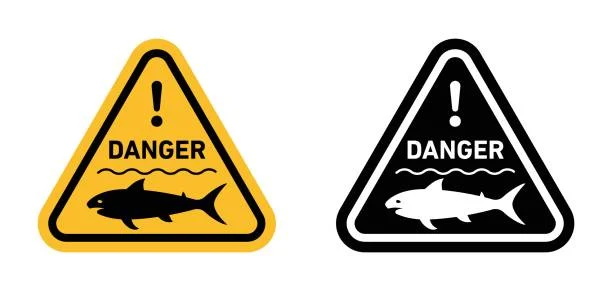
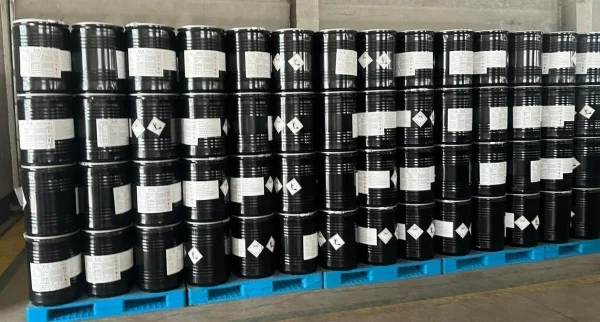
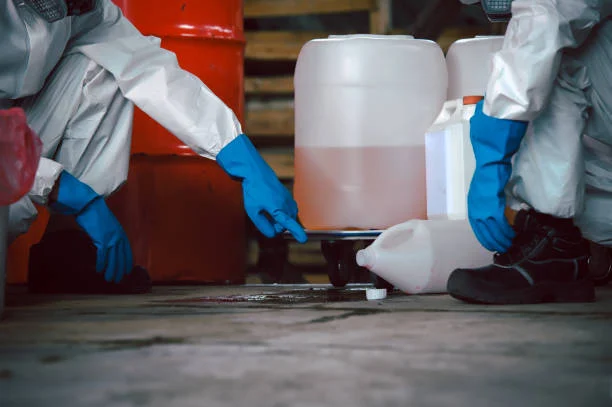
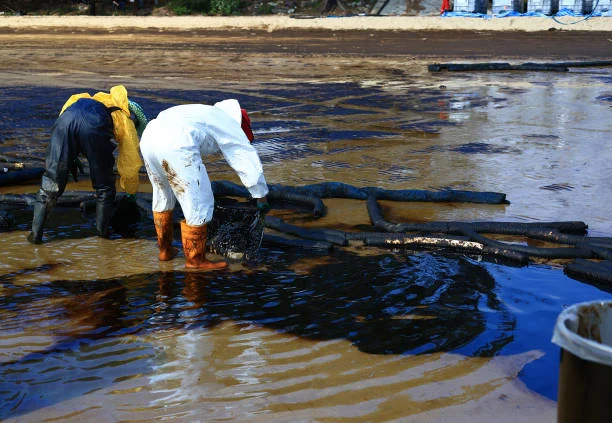

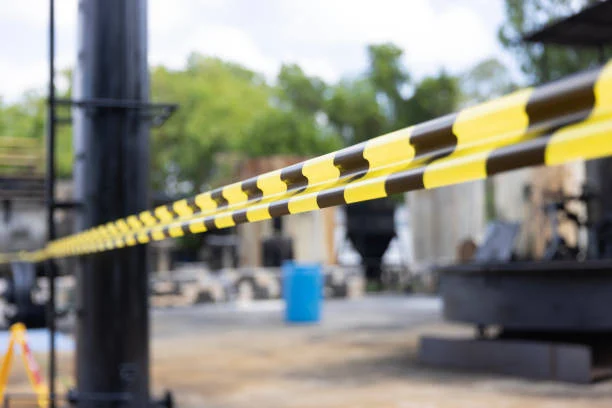
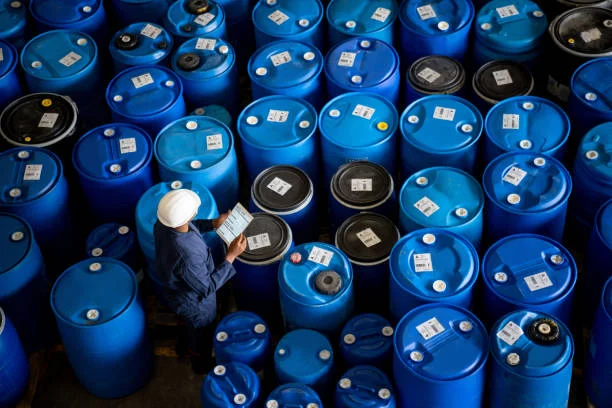


Online message consultation
Add comment: